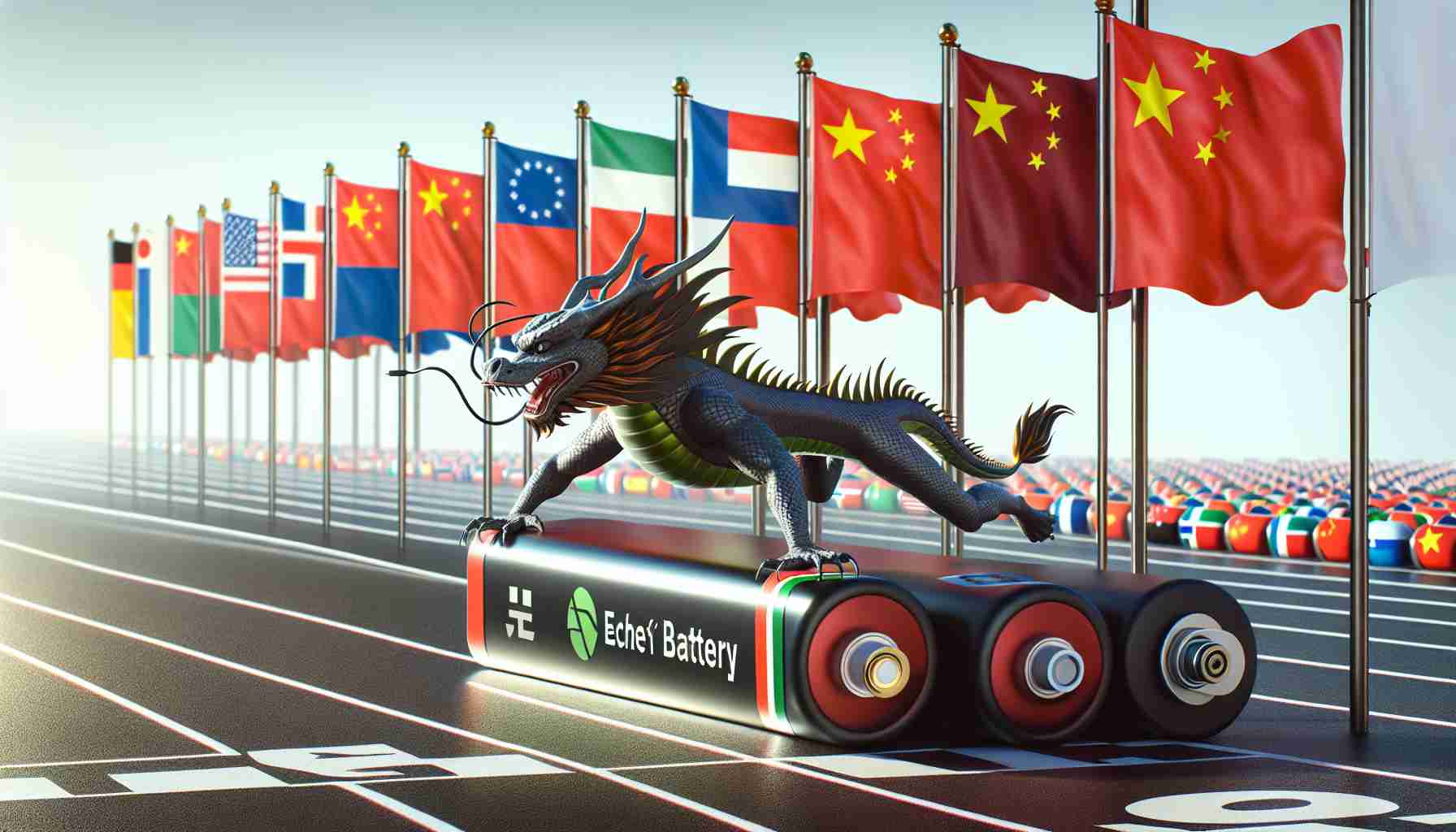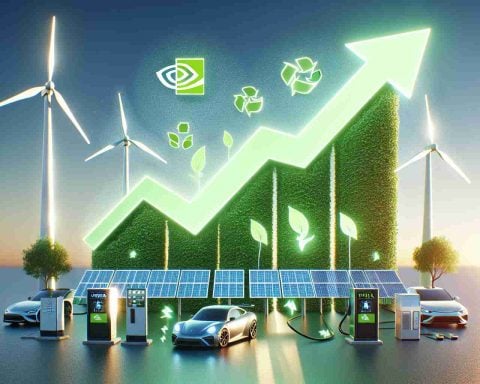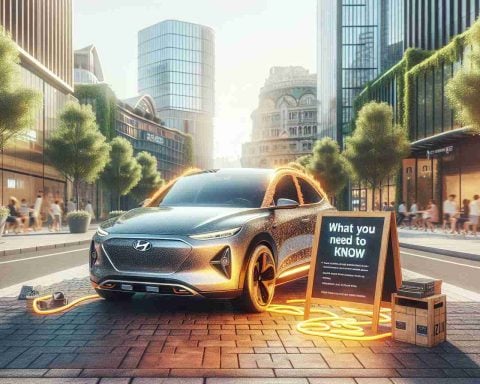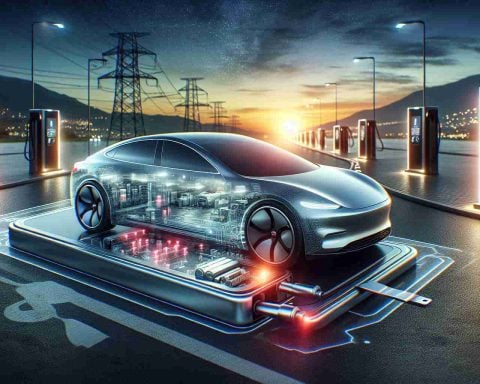- The global electric vehicle battery market is booming, with a 27.2% increase in energy content in EV batteries last year, reaching 894.4 GWh.
- Chinese manufacturers CATL and BYD are dominant, holding 55% of the global market share; their influence rises to 67.1% when including CALB and Gotion.
- South Korean manufacturers have seen a decline, with a combined market share of 18.4%.
- Strategic investments in technology and sustainable supply chains are essential for companies seeking market leadership.
- The competition is a contest for shaping the future of clean transportation, with a need for accelerated innovation to keep pace with Chinese leaders.
The electric vehicle battery market is experiencing a remarkable surge. Last year, the energy content of batteries installed in electric vehicles worldwide soared to 894.4 GWh, a staggering 27.2% increase from the previous year. This growth is not just significant; it’s exponential when contrasted with the mere 100 GWh recorded in 2018.
Leading the charge in this electrifying evolution are the Chinese powerhouses. CATL and BYD, the top two battery manufacturers, command a whopping 55% of the global market. Including other Chinese contenders such as CALB and Gotion, the share skyrockets to 67.1%. In stark contrast, South Korean companies like LG Energy Solution, SK On, and Samsung SDI collectively hold only 18.4%, a decrease from the previous year.
The shift is clear: Chinese manufacturers are aggressively expanding their reach, leveraging their domestic dominance to capture international markets. While most companies in the sector are riding the wave of growth, Samsung SDI and Panasonic aren’t keeping pace, experiencing a dip in their market presence.
The takeaway is evident. As the global battery market evolves, strategic alliances and investments in technology and sustainable supply chains are crucial. Companies aiming to capture market leadership must innovate beyond simply ramping up production.
This electrifying competition is more than a race for market share; it’s a contest for the future of clean transportation. With Chinese companies setting the pace, others must accelerate their strategies to avoid being left in the dust.
Shockwaves in the Electric Vehicle Battery Market: What You Need to Know
Market Analysis and Insights
The electric vehicle (EV) battery market is experiencing incredible growth, with a significant surge in energy capacity. With the energy content of batteries installed in EVs soaring to 894.4 GWh recently, marking a substantial 27.2% increase from the previous year, the sector is rapidly expanding its horizons.
Key Players and Market Shares
Chinese companies, predominantly CATL and BYD, are leading this charge by holding a combined 55% of the global market share. When including other key Chinese contenders like CALB and Gotion, this figure jumps to 67.1%. This dominance starkly contrasts with the combined 18.4% market hold of South Korean companies, including LG Energy Solution, SK On, and Samsung SDI.
Strategic Insights for Industry Players
The global battery market is more than just increasing production capacity; it emphasizes strategic inter-company alliances, technology advancements, and sustainable supply chain practices. Companies seeking leadership must innovate beyond production to secure longevity in the market.
Important Questions & Answers
1. How have Chinese companies managed to gain such a dominant position in the global battery market?
Chinese companies like CATL and BYD benefit from substantial domestic support, including government incentives and investments in renewable energy infrastructure. Their ability to maintain lower production costs and create advanced energy solutions has pushed their global expansion efforts effectively.
2. What are the key challenges facing non-Chinese battery manufacturers in the current market?
Non-Chinese players like Samsung SDI and Panasonic face challenges in cost competitiveness and securing raw materials for battery production. Moreover, catching up with the innovation pace set by companies in China remains a significant hurdle.
3. What trends will likely shape the future of the EV battery market?
Future market trends heavily revolve around advancements in battery technology, such as solid-state batteries, improvements in battery life and energy density, and the development of more sustainable and eco-friendly production processes.
Predictions and Prospects
Looking ahead, the race for technological advancements in battery efficiency and sustainability will intensify. Chinese companies are likely to maintain or even extend their lead unless competitors significantly innovate.
Suggested Resources
For further insights into industry trends, strategic shifts, and market analyses, consider visiting:
– CATL
– BYD
– LG Energy Solution
These sites offer detailed information about the latest product developments, strategic decisions, and market trends in the EV battery sector.



















